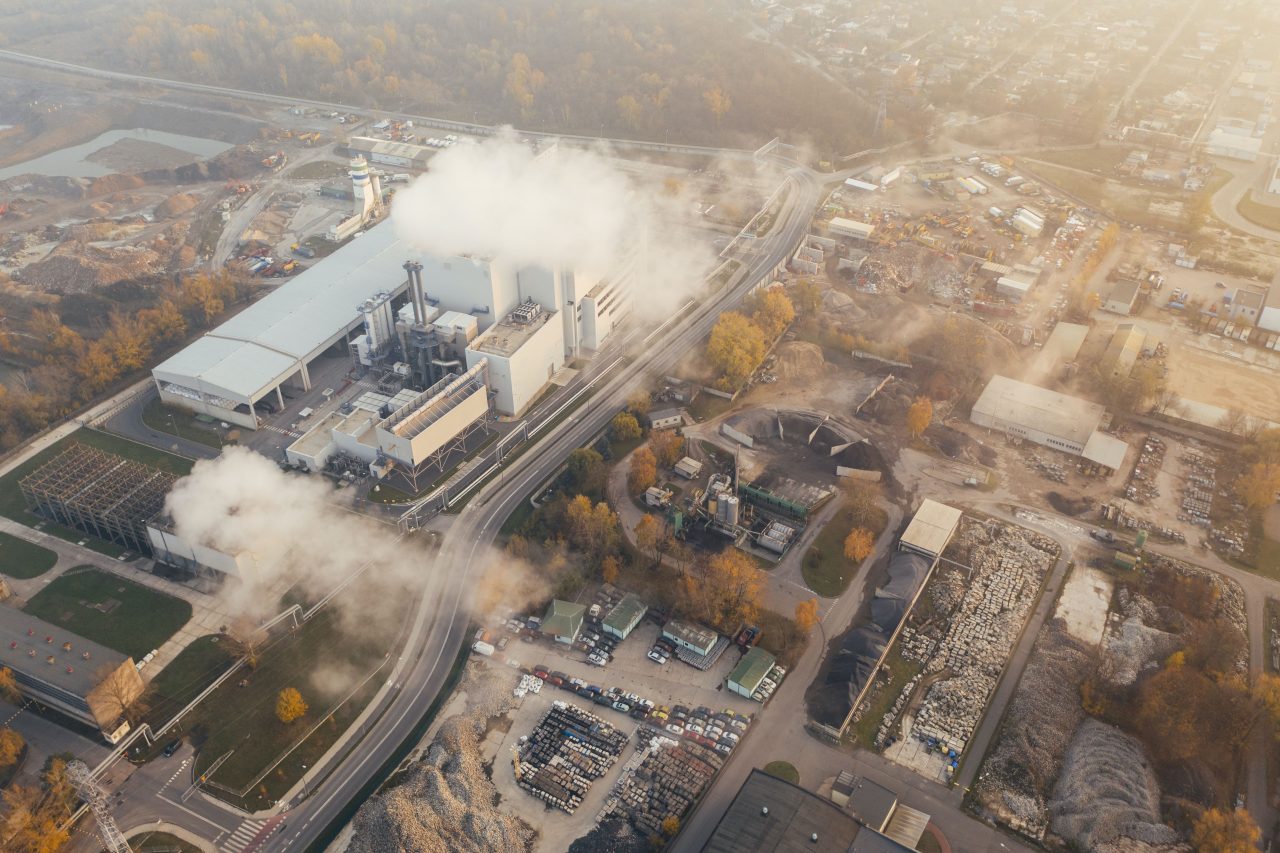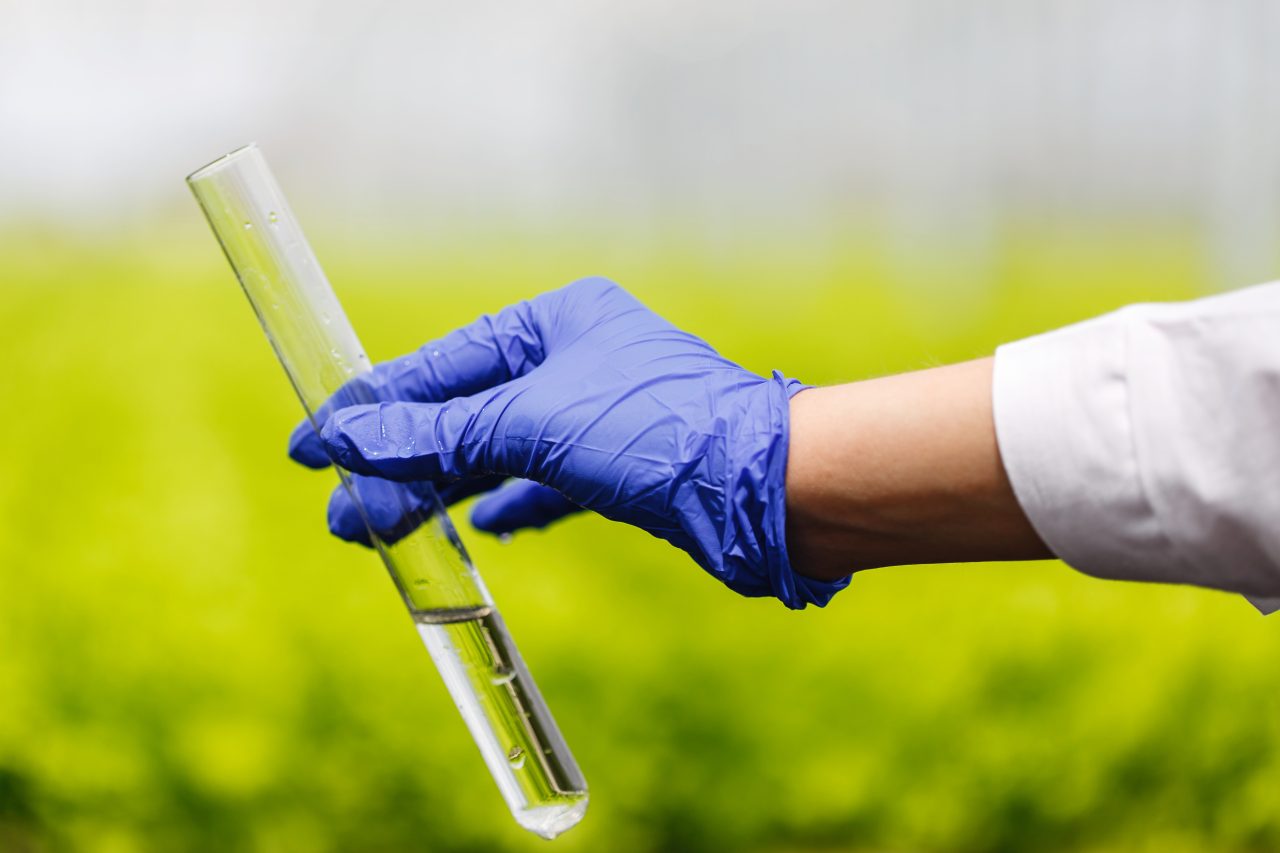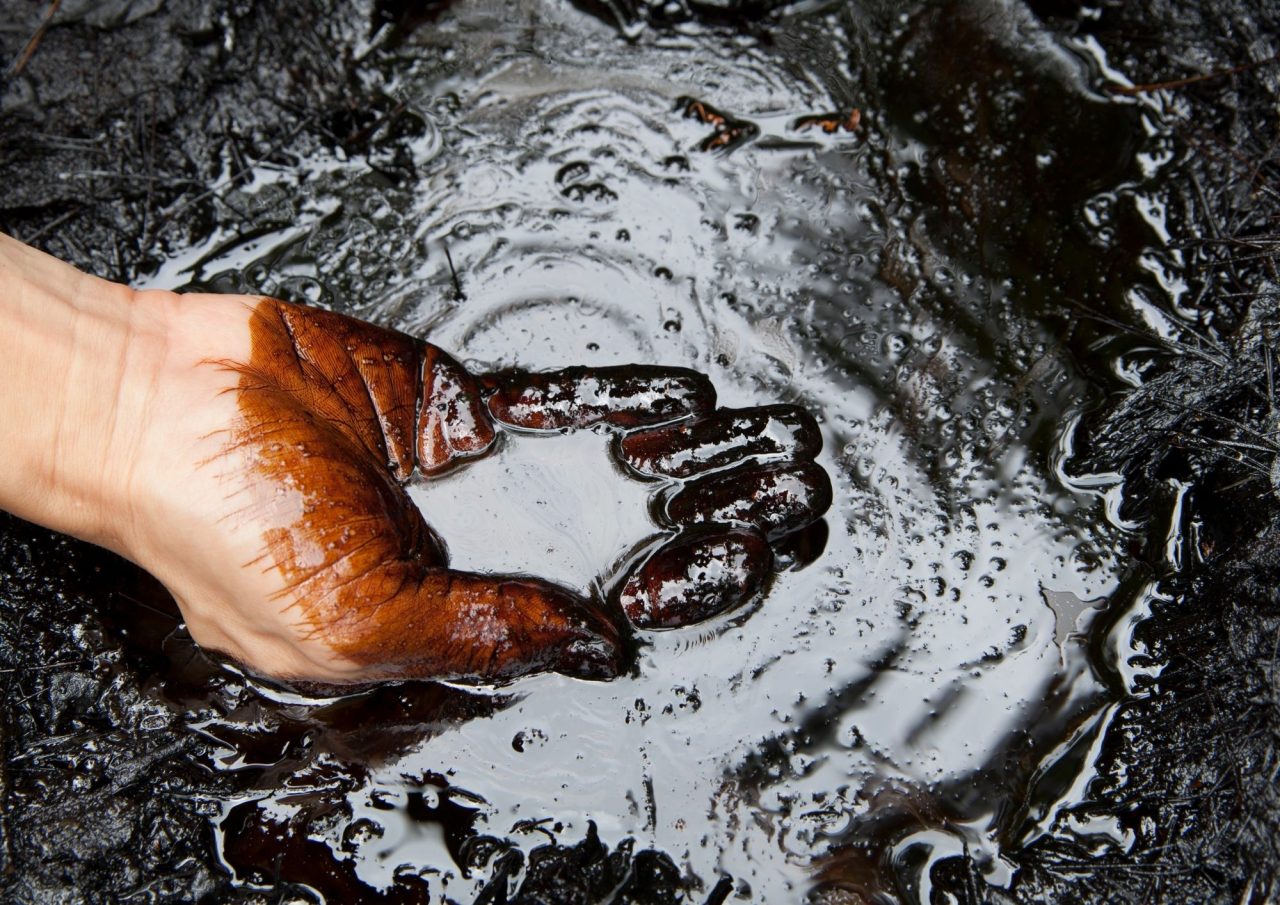In the vast and intricate realm of petroleum trade, where precision and integrity are paramount, the role of cargo inspection services cannot be overstated. These services serve as the frontline defenders of quality and quantity, ensuring that every shipment of petroleum and its derivatives meets stringent standards and regulatory requirements. This highlights the multifaceted processes and methodologies employed by cargo inspection services to safeguard the interests of all stakeholders involved.
Quality Inspection
- Laboratory Analysis
At the heart of quality inspection lies the meticulous analysis conducted within state-of-the-art laboratories. These facilities are equipped with a diverse array of cutting-edge instrumentation capable of discerning even the slightest variations in chemical composition and physical properties. Expert chemists and technicians perform a battery of tests to evaluate parameters such as density, viscosity, sulfur content, water content, and flashpoint. Each test is conducted with precision and adherence to industry-recognized standards, ensuring the integrity and safety of the petroleum products.
- Visual Inspection:
Complementing the analytical rigor of laboratory testing is the keen eye of trained inspectors who conduct thorough visual examinations of the cargo. Every aspect, from packaging integrity to the condition of seals, is scrutinized for signs of contamination or irregularities. Visual inspections serve as an indispensable initial checkpoint, providing early detection of potential issues that may warrant further investigation or corrective action.
- Sampling Procedures:
Central to the accuracy of quality assessments is the implementation of meticulous sampling procedures. Highly trained personnel follow standardized protocols endorsed by industry authorities to collect representative samples at various stages of the supply chain. Samples are carefully handled, labeled, and tracked to ensure traceability and prevent cross-contamination. This rigorous approach to sampling facilitates reliable analysis and instills confidence in the integrity of the inspection process.
- Documentation Verification
In parallel with laboratory analysis and visual inspections, cargo inspection services meticulously review all accompanying documentation. Certificates of analysis, bills of lading, product specifications, and other relevant documents are scrutinized for accuracy and consistency. Any discrepancies or inconsistencies are promptly addressed, and verification processes are conducted with unwavering attention to detail to maintain transparency and uphold the highest standards of compliance.
Quantity Inspection
- Tank Gauging and Measurement
Accurate measurement of quantity is essential to prevent disputes and ensure equitable trade practices. Cargo inspection services employ sophisticated tank gauging techniques, utilizing precision instrumentation to measure product levels within storage tanks and vessels. These measurements are conducted with meticulous care, accounting for factors such as temperature, pressure, and product density to provide precise and reliable quantity assessments.
2. Flow Metering:
For liquid cargoes transported via pipelines or vessels, flow metering systems play a crucial role in monitoring the flow rate and volume of products in real-time. These advanced systems employ cutting-edge technology to deliver accurate and instantaneous measurements. Flow metering ensures that the quantity of petroleum products being transferred is meticulously tracked, providing assurance to buyers and sellers alike and minimizing the risk of discrepancies or inaccuracies.
3. Draft Surveys:
In maritime transport, draft surveys represent an essential component of quantity inspection. Highly trained surveyors employ precise methodologies to calculate cargo quantities based on changes in vessel draft measurements before and after loading or discharge. These surveys serve as an independent verification of cargo quantity, offering an additional layer of assurance and bolstering confidence in the accuracy of quantity assessments.
Why Choose Osten Limited?
In the intricate landscape of petroleum trade, where precision and integrity are non-negotiable, Osten Limited stands as a beacon of excellence. Offering a comprehensive suite of cargo inspection services, Osten Limited ensures that each shipment of petroleum and petroleum products, such as but not limited to LPG, Gasoline, Household Kerosene, Base Oil, Automobile Gas Oil, Heavy Fuel Oil, and Lubricants, adheres to the highest standards of quality, safety, and accuracy. Through advanced technology, stringent protocols, and the expertise of seasoned professionals, Osten Limited safeguards the interests of all stakeholders involved, fostering trust, and facilitating seamless trade operations in the dynamic petroleum industry.
Ensure the integrity and quality of your petroleum shipments with Osten Limited’s unparalleled cargo inspection services. Trust our state-of-the-art laboratories, meticulous sampling procedures, and expert inspectors to safeguard your interests at every stage of the supply chain. Contact us today to experience excellence in petroleum cargo inspection and trade facilitation.





